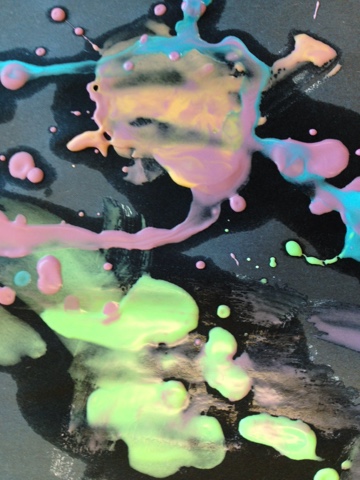This year I became active on Twitter - I'm now obsessed! The rich learning, networking, and sharing possibilities make this social media in my opinion essential for today's classroom. Here are the top ten reasons educators need to become active on Twitter:
1. Twitter is an effective communication tool for use with a large audience. With Twitter you can quickly share in 140 characters or less the amazing activities happening in your classroom.
2. Twitter encourages communication between home and school as parent-followers can favourite tweets, reply to tweets, and retweet information for others.
2. Educators can link classroom activities to other media including photos, videos, websites, other tweets, etc. in order to present a complex, multifaceted story of what's happening in your practice and embed much technology into practice.
3. Twitter creates a narrative of what has happened in your classroom. When we tell stories through various documentation we honour children's voices and record their lives in the classroom. Going back through the Twitter feed recreates the story of our time together.
4. Twitter helps like-minded individuals connect in an easy to use format. Networking with other educators helps one feel as part of a community as ideas are shared and supported in a virtual space.
5. Twitter provides a platform where educators can contact and communicate with leaders in the educational world, creating a link between pedagogy and practice. I've been able to engage in conversations with some of the leaders in my field, inspiring me to go deeper with ideas and reach further!
6. Twitter embeds technology into classroom practice as children co-create tweets together with an educator in a shared writing activity. Learners are empowered as they describe their activities with others and choose other media (photos, videos) to compliment their messages.
7. Twitter inspires me to do the best job I can as an educator because what I am sharing reflects upon my practice and beliefs as an educator. I will be judged by what I tweet. Tweeting gives me an empowered voice to share my experiences, knowledge, and informed opinions with others.
8. Twitter also inspires children to engage fully in the classroom as they want their explorations and accomplishments to be highlighted on the Twitter feed and recognized by others. Tweeting is published work.
9. Tweeting helps me to be a reflective educator as I review the stories behind what I have tweeted, read other perspectives on my work, and think about how what we've done can drive our classroom practice further.
10. Tweets market educators and help advertise to potential administrators when looking for new opportunities (e.g., new school, assignments, leadership opportunities). Tweeting gives educators an online presence and helps define what our educational 'brand' is.






















































